“What are you writing these days?” my old friend asks, not looking up from her 12 dollar taco. We have not seen each other in years, only emailing occasionally to vent. In my case: about work. Sometimes I swear I’m going to have a heart attack, there’s so much work to do, but the older I get, the more work I create for myself. Cammie calls it the Legacy Years phenomenon. In my old friend’s case, she vents about money, even though her husband makes a shit-ton of it, and she doesn’t have to work at all.
This growing lack of common ground has given us less and less to talk about. If you have money, rethink complaining about money to someone who has no money. Seems like a no-brainer, right? It’s very hard for me to empathize with nanny complaints—they’re right up there with this caviar isn’t Russian enough. I know that makes me sound childless, but that’s what I am, and—God dammit—I want a nanny!
My old friend and I have arranged to grab lunch between our panel appearances at a writer’s conference that’s really a drunken fuck-fest, like Santacon but with chapbooks, signings and off-site readings.
“I’m writing a culinary memoir,” I tell her.
“Oh!” she looks up from her taco and thinks. “Is that a thing?”
“Yup. It’s a thing,” I say. She waits for me to prove it. “Ruth Reichel, Anthony Bourdain…”
“But you’re not a chef,” she says and shakes her head a little, filling my ears with tinkly loser bells.
“True, but the process of writing it is giving me so much pleasure, I have to keep going. I’m hoping that Saltlickers and the cooking classes I’m teaching will justify a non-chef…” I trail off and shove an entire taco in my mouth, which I swallow whole along with a gristly ball of panic.
“You know what we do now? Blue Apron. It’s the best—I don’t even feel guilty about it even though it’s like a million dollars. It’s so totally worth it. Getting food and cooking it used to be the biggest anxiety producer in my life. Now food just comes to the house, and we slice open the baggies!”
“I’ve heard it’s good,” I lie. “I was thinking about getting it for my mom but I was afraid she’d never throw away the empty packages.” Garbage is one of Jody’s favorite things to hoard.
She changes the subject. “How’s Saltlickers?”
Saltlickers is the little business I run with my husband Collin—we’re going on four years now. We make herb and spice-infused seasoning salt blends and finishing sugars with no preservatives. We have eleven flavors. Prancer (what I call my ADHD brain) comes up with new flavors every day. The whole endeavor’s been an exercise in generating less and perfecting more, which is not the way Prancer naturally works. I want to act on an idea and never look back to refine the process or the product. But I find myself working to perfect all aspects of production, especially the recipes. And here’s the thing: people really love our stuff. You know that expression, “Go through doors that open?” Saltlickers has always been an opening door.
The whole endeavor’s been an exercise in generating less and perfecting more, which is not the way [my brain] naturally works.
I have my post-divorce rebound boyfriend to thank. Let’s call him Mutt. Mutt and I were super into the idea of camping, even though we’d never actually been. My ex-husband hated going outside. He didn’t even own a pair of tennis shoes; his footwear consisted of several pairs of vintage wingtips that weighed about 10 pounds apiece.
I thought camping would make me normal because normal families went camping. Jody said we actually went camping a couple of times when I was a baby.
“I cooked around the clock over the campfire,” Jody said. “I gained ten pounds and your father lost five pounds. Mark wouldn’t eat anything.” But she kept trying to cook in order to get them to eat. Who cares if other people eat? People like Jody and me.
They talked about this in my Weight Watchers meetings. A skinny person can sit at a table full of people and not eat a damn thing. “I’m not hungry,” the skinny person says. To me, uneaten food says, “We’re not having a good time…” and maybe even “…that’s because of you, Jen” So I’ll eat all the food just to prove everyone at the table is having a good time. “Don’t worry, everyone, I got this,” I say, unwrapping the napkin from around the breadbasket.
Mutt and I discovered there was such a thing as backcountry camping. In backcountry camping, you hike to a site, and by site, I mean a flattened patch of cold bare ground with a profanity-etched picnic table, surrounded by piles of bear scat. Backcountry camping seemed way more badass than car camping where you drive your car right up to your picnic table and listen to families fight all night from inside your tent while you don’t sleep a wink.
Our first trip in the White Mountains of Vermont was a complete disaster. The trail we’d thoughtlessly chosen was like something on a Led Zeppelin album cover: 15 miles straight up a stairway of three-foot high boulders. Oh, how I cried and cried. Mutt wore cheap tennis shoes for the hike because Mutt was pathologically cheap. We didn’t understand the concept of travelling light, so our packs each weighed about 75 pounds, and my Brady Bunch-era sleeping bag was as big around as a redwood tree trunk. What did we bring to eat? A package of sausages. What is forbidden at backcountry camping sites? Fire. What will bears kill for? A package of sausages. We did nothing right. We were a trail of FAIL and tears across the board.
I vowed the next backcountry trip was going to be amazing.
“The next trip?” you ask. Yes, we did it again, and again, because I’m nuts like that. If something’s hard, I’ll do it again. If it’s easy, I probably won’t.
If something’s hard, I’ll do it again. If it’s easy, I probably won’t.
The first thing I did in my quest to be the best backcountry bitch in Brooklyn was to purchase a dehydrator. Those dehydrated and freeze dried camping meals in the zipper foil pouches sucked and were crazy expensive, which is the opposite of awesome and free. I began dehydrating everything: full meals like rice, stew, and beans, but also hummus, zucchini, potatoes, celery, cucumbers, onions, and especially herbs. Leaving a dehydrator on all day when I was at work gave me that crockpot sense of accomplishment.
Mutt and I camped a lot, then we broke up. Mutt was cheap in more ways than one. He was addicted to withholding. I once told Mutt, “I think if I broke my leg on a trail, you’d let me die rather than pay for an out-of-range cell phone charge to call a helicopter.” He didn’t argue with me.
But I kept right on lovin’ camping and my dehydrator. Once, I had a pile of dehydrated celery, which is like having a pile of dehydrated water—celery is all water. I got the idea to turn it to dust in the coffee grinder and made my own celery salt. It was fantastic!
In 2012, Brooklyn blew up in a food frenzy: hipsters were making and selling pickles, chocolate, vinegar, Sriracha, mustard, jerky, beer, cider, vodka, salami, olives, cookies, yogurt, granola, hummus, tea, maraschino cherries, and honey from bees that lived in hives on the roof of a maraschino cherry factory—anything with the words “craft,” “small batch,” “artisan” on the label that you could shove in your bearded mouth for $30 and up.
I was perusing a little shop near my apartment that specialized in such expensive foodstuffs when I saw a precious jar of sea salt mixed with crushed juniper berries. The price tag said $20. I bought some juniper berries, dried them in my dehydrator, and ground them up in a coffee grinder, which forever after made my coffee taste like juniper berries, no matter how I cleaned it.
SPICE TIP: Juniper berries contain oil that’s nearly impossible to clean, even out of metal. Once you use a utensil or machine to mess with juniper berries, you might was well write “JUNIPER BERRIES” on the side of it with a Sharpie because it belongs to the juniper berries now. They make gin out of them—that’s all you really need to know. Gin never smells like anything else but gin. Even with sweet juice in the glass, gin smells like mean, boozy grandma.
(Oh, here’s my gin joke: You know why Hitler didn’t drink gin? Answer: It made him mean. I got that from Sarah Jonas, another food nut.)
I mixed a tiny pinch of juniper berries into the salt, then my brain told me to add some rosemary.
“OK, brain.” [Tastes] “Whoa! High five, brain!” It was amazeballs!
I named it Whassamatterhorn, which you have to say while shrugging your shoulders in a thick Brooklyn accent, like you’re in the cast of Jersey Boys: “Whassamaaadderhorn!”
I bought some little resealable crack baggies, filed them with Whassamatterhorn and took them to my very boring job with very boring people—all left-brained accounting types. Let’s call this company McQueef & Stinkers, LLC. The only good part about working at McQueef & Stinkers, LLC, was my officemate, Katie, who turned out to be one of the funniest women I’ve ever met.
Katie came to New York City in the 1970s to be a Broadway chorus dancer. Picture that for a minute: New York City, Broadway chorus dancers, the 1970s. Do you smell the cocaine yet? Like, a pile of cocaine on every glass top coffee table? Like rails of cocaine waiting on the lip of every marbled gold bathroom sink? Like every nightclub mirror in the city ripped from the wall, covered with cocaine residue? Like a sleek vial of cocaine in the pocket of every camel-toe accentuating pair of Jordache jeans, ready to be scooped up by a long pinky nail grown specifically for the purpose of snorting cocaine. Well, according to Katie, there was even more cocaine than that. Back in the day, when she wasn’t doing cocaine with Eric Estrada (who she also banged) and Patrick Swayze, Katie’s favorite workout consisted of Hoovering up some blow then performing all three levels of a Jane Fonda workout VHS tape played at double speed. Then she’d do the entire tape all over again.
She was about 10 years older than me, but you’d never know it because of her lean dancer’s body and long blond Breck girl hair sporting a timeless fringe of bangs that hit right at her eyelashes. Her husband, Mike, was my age. Currently the two were aspiring soap opera writers, but they had had a million different gigs, including an online sex toy store. Katie had told me the sex swing in their ancient upper west side apartment was starting to crack the plaster ceiling. I always worried that Katie and her best office pal, Looloo, thought I was square, so when Katie spilled the beans about her sex swing, I tried to impress them with my vibrator. It really is the best. My vibrator and my vacuum are the soundest purchase decisions I’ve ever made.
“Check it out: you know what the best vibrator is? Jimmy Jane Form 2,” I said, hoping to shock them.
“I have a Sybian,” Katie said flatly, and I nearly fell out of my chair.
“What’s a Sybian?!” Looloo whispered with her eyes wide.
Katie grinned at me expectantly, so I explaned. “OK, so picture a beer keg cut in half from the top through to the bottom, then turn the half keg on its side like a turtle, then put a motor inside…”
“A very powerful motor…” Katie corrected.
“…Then, uh, screw a giant plastic dick on top of it?”
“There’s an assortment of attachments for all holes,” Katie clarified.
“How much does one of those things costs?” I asked.
“About $1,500 dollars.”
“WHAT?!?!” We roared.
“That’s retail. Mike and I got it wholesale when we had the shop. By the way…” Katie stuck out her listen-up finger at me, “that Whassamatterhorn stuff is…fabulous!” When Katie said the word “fabulous,” she shook her blond hair everywhere like a pom-pom. “I made Mike a meatloaf with it last night—he’s a meatloafatarian—it’s all he’ll eat—and he said it was the Best Meatloaf He’s Ever Tasted. And this guy knows his meatloaf….” She pointed at me, “You should sell that stuff.”
“Nah. I couldn’t handle the money part of it.” I had absolutely no confidence in my math skills, or any of my skills, really. Katie didn’t know how bad off I was, or maybe she did. I was a basket case who would lie on the floor of my apartment and cry, while my lunatic downstairs Pakistani neighbor, his wife, and four sons yelled up at me, “Shat up, beech! Whore! Slat!”
I was a basket case who would lie on the floor of my apartment and cry, while my lunatic downstairs Pakistani neighbor, his wife, and four sons yelled up at me.
New York City had worn me down to a nub. I was so constantly paranoid that I was about to get fired from McQueef & Stinkers, LLC, I couldn’t sleep.
“Of course you could handle it! What’s the big deal?” Katie opened an Excel spreadsheet and typed my name at the top. “How much do you pay for salt?”
“Nooooo…” I moaned. I hated receipts.
“Don’t be a baby,” she snapped. “You could actually make some money at this! And then you could do your little…” she waved her hand dismissively and wrinkled her nose “…poetry thing. Do people actually pay you to write…poems?”
“Not really. It’s more like a labor of love,” I shrugged, knowing how pathetic I sounded.
“Hmm,” she cocked her head, “it sounds like a colossal waste of time, but…” she brightened “…you could actually make enough money with your salts to write things no one will pay to read! That’s a good thing for you! And you’d get out of this place,” she rolled her eyes and spun back around to the spreadsheet.
When Katie discovered that I couldn’t fill in the cost of my ingredients or crack baggies, she gave me a to-do list:
1. Find out all my costs, even transportation, shipping, etc. and bring them into work.
2. Design the packaging (“You’re a graphic designer, for Christ’s sake.”)
3. Think up a name for the company (“Poets are probably good for that stuff.”)
Here’s the thing: I did exactly what Katie told me to do. I didn’t feel like I had a choice. How could I say no to a woman who owns a Sybian?
Within six months, Saltlickers (I can’t remember how I came up with the name, but the runner-up was “Lot’s Wife.” YUCK!) had six flavors:
• Whassamatterhorn (rosemary, juniper berries and salt)
• Feather Duster (parsley, sage, celery, shallots and salt)
• Alliyum (yellow onions, scallions, leeks and chives)
• Peter Rabbit (dried radishes, dill and salt)
Including two finishing sugars:
• Puckery Sunset (pomegranate seeds, lemon and sugar) and
• Dirty Sanchez (orange, chipotle chili powder and sugar).
Roxy Taco (cumin, scallions, chipotle chili powder, oregano, lemon and salt) was invented for a baby shower. (The baby’s name was Roxy.)
At first, I printed labels for the crack bags at work (fuck the man), but soon scaled up to glass jars and got professionally printed labels from my friend, Miranda, who owned her own printing company. And behold! Friends and coworkers at McQueef & Stinkers, LLC, started buying the stuff. So I signed up for a booth at a hipster Brooklyn holiday craft fair. For a week, I was up every night until 3 am emptying and refilling dehydrator trays, turning ingredients into dust with coffee grinders, filling jars and putting on labels. I was so nervous, I actually kind of really wet my pants the first day, but I did well! My friend Donna swung by, checked out my set up and gave me some tips for the next day. I did even better!
“How much?” Katie asked when I walked in Monday morning. She had the spread sheet open, fingers poised above the keyboard, waiting to fill in the cell for the craft fair’s sales.
“Eighteen hundred dollars,” I said.
“You’re blushing,” she smiled. It was working!
Then I met Collin. “We can grow all this stuff in Iowa,” he said on his first visit, looking around at the sacks of onions and bags of pink radishes. We’d talked about it on the phone, and I’d sent him some jars. He loved them, but since he really only cooked frozen pizza, he gave them to his mom, who really loved them.
“You want to do Saltlickers with me?” I asked.
“Fuck yes. This is awesome.” I could tell he was taking a mental inventory of the equipment. I could also tell that he was figuring out how to streamline my squirrel bait processes. Thank God.
“It’s a lot of work,” I warned.
“It’ll be easier with two people,” he smiled. Right then I knew, I was ready to leave New York, and I had something really good to take with me.
 Jennifer L. Knox is the author of four books of poems. Her work has appeared four times in The Best American Poetry series as well as in The New York Times, The New Yorker, and American Poetry Review. The Los Angeles Book Review said of her most recent book, Days of Shame & Failure, ‘”This panopoly of twenty-first century American human experience leaves the reader a different person.” She teaches poetry writing at Iowa State University and is currently at work on a culinary memoir. Jennifer is also the proprietor of Saltlickers, a small-batch, artisanal spice company.
Jennifer L. Knox is the author of four books of poems. Her work has appeared four times in The Best American Poetry series as well as in The New York Times, The New Yorker, and American Poetry Review. The Los Angeles Book Review said of her most recent book, Days of Shame & Failure, ‘”This panopoly of twenty-first century American human experience leaves the reader a different person.” She teaches poetry writing at Iowa State University and is currently at work on a culinary memoir. Jennifer is also the proprietor of Saltlickers, a small-batch, artisanal spice company.
Featured image via Pixabay.

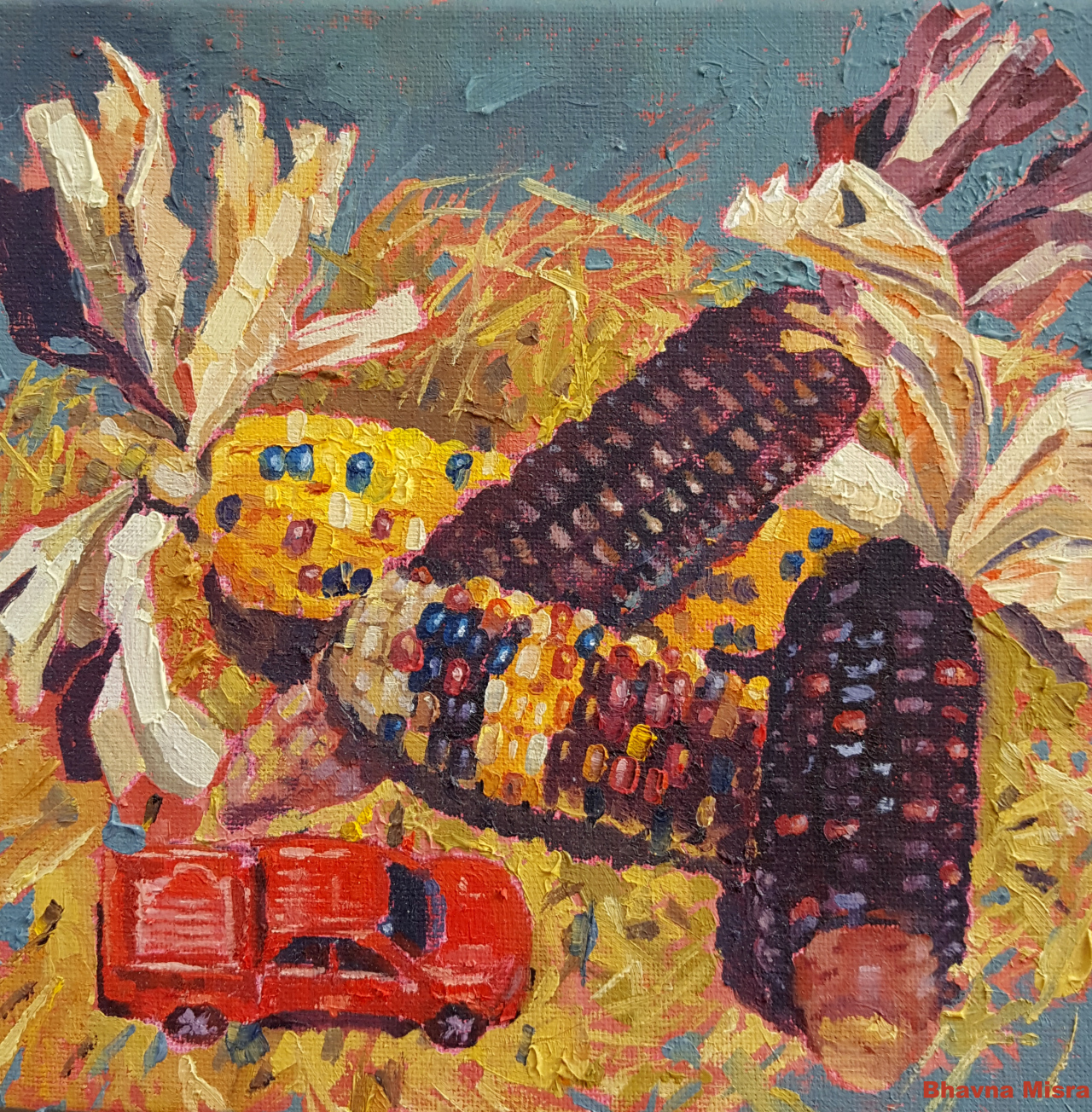

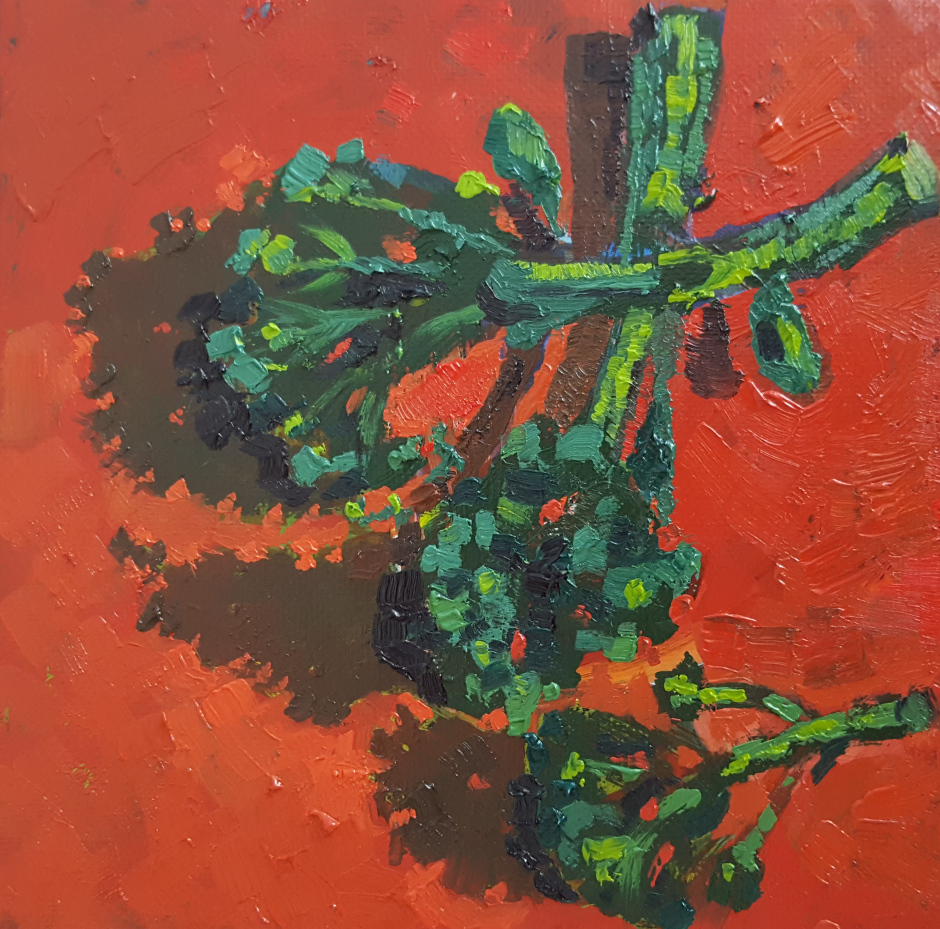

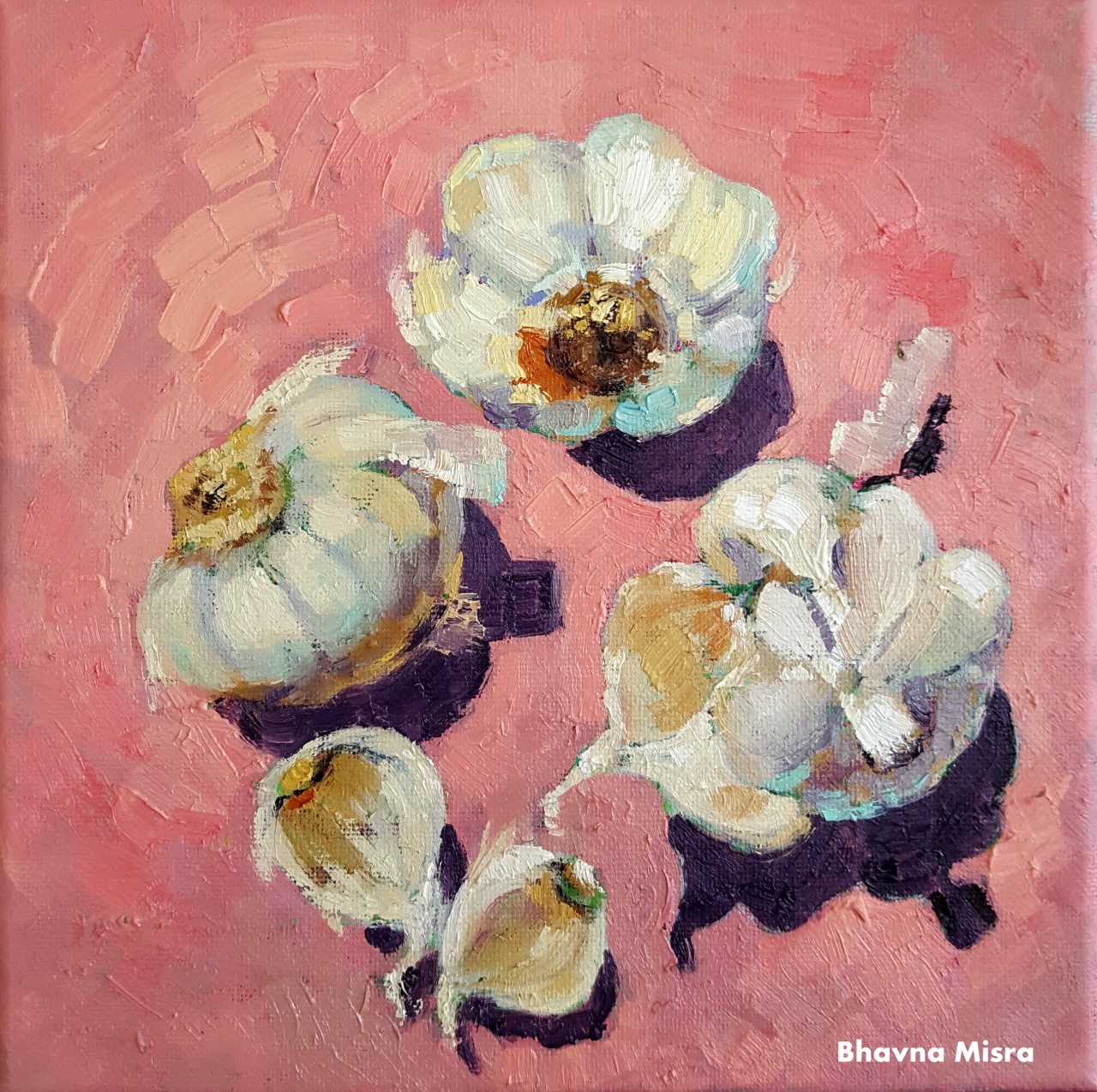

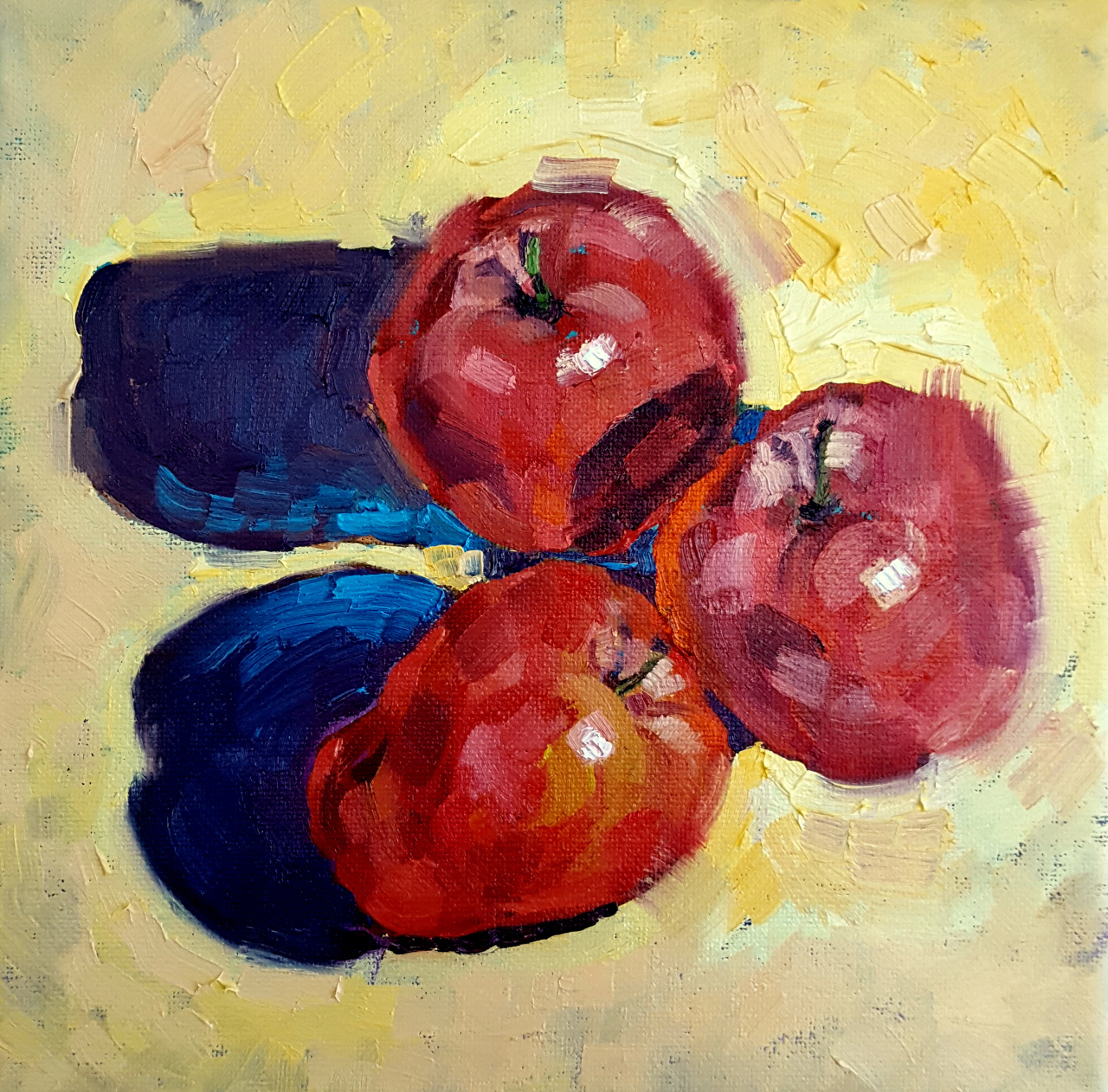

 Bhavna Misra has been painting since she was a little girl. She grew up in the beautiful region of Himachal in India, surrounded by forests of pine trees, Himalayan mountains, green valleys, clear-water lakes, and diverse wildlife that made a lasting impression on her artistic endeavors. She never doubted that she’d be a painter one day!
Bhavna Misra has been painting since she was a little girl. She grew up in the beautiful region of Himachal in India, surrounded by forests of pine trees, Himalayan mountains, green valleys, clear-water lakes, and diverse wildlife that made a lasting impression on her artistic endeavors. She never doubted that she’d be a painter one day!
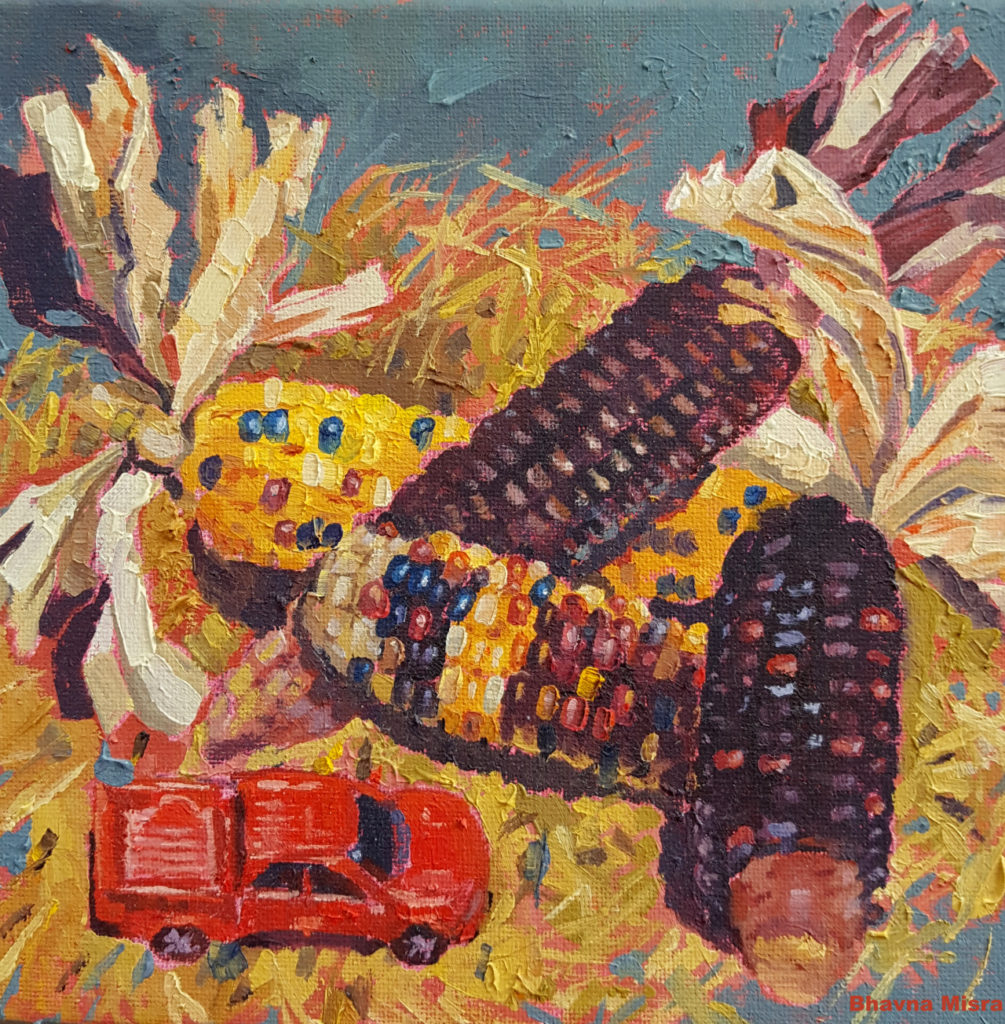
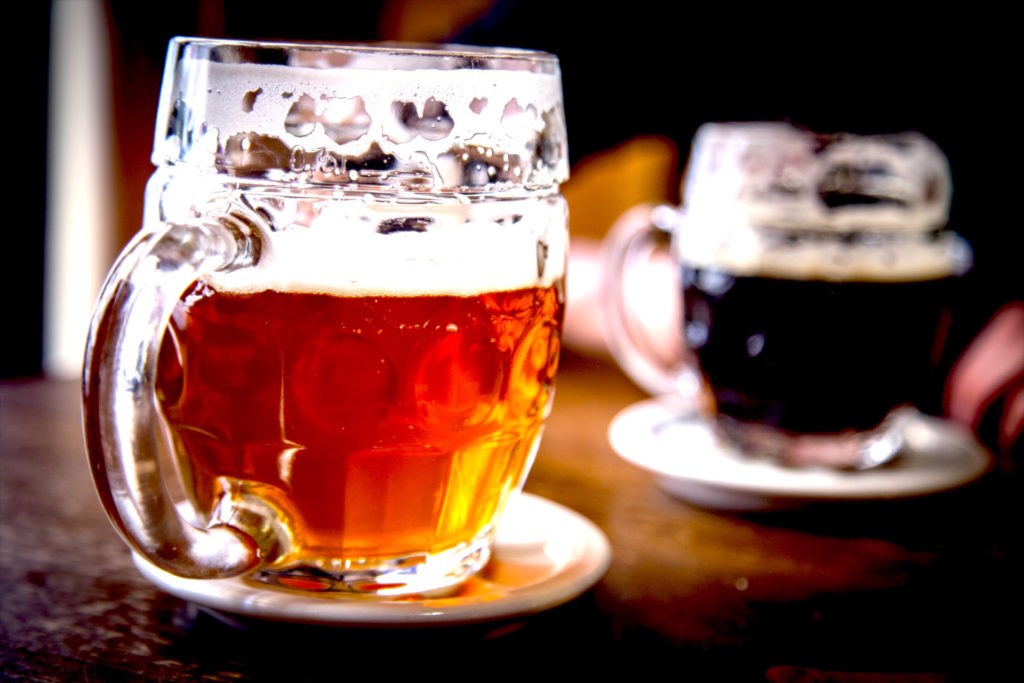

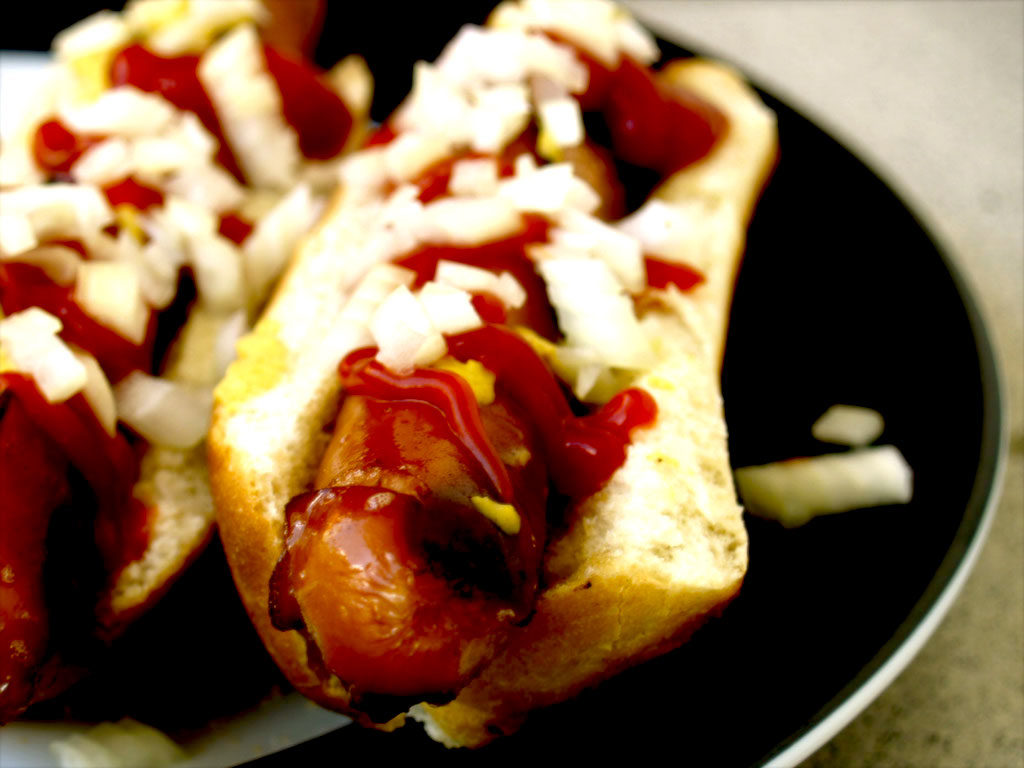
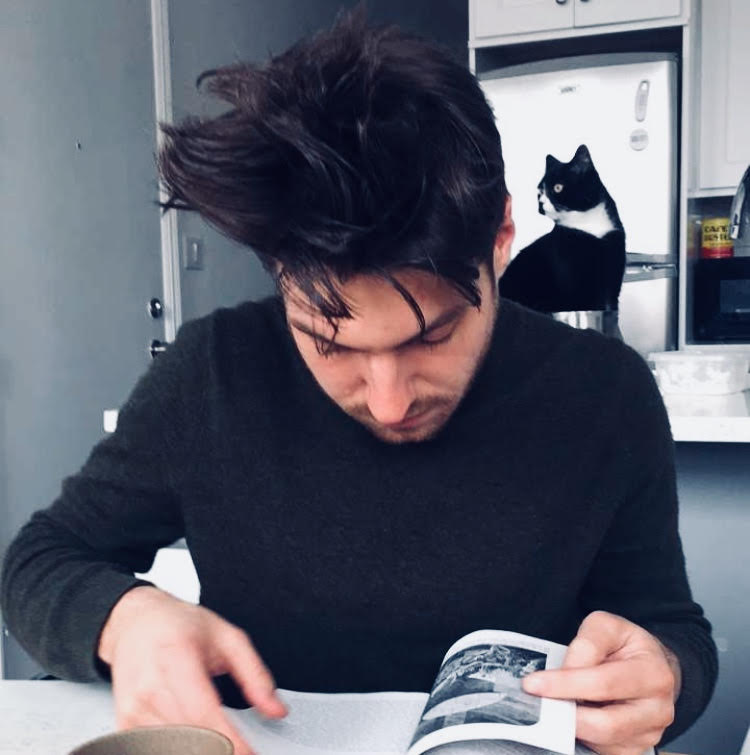 Aaron Newman is a graduate student, writer, and amateur potter. He lives in Brooklyn and is the student advisor for Liberal Studies at the New School for Social Research. His work has appeared in the “Beautiful Things” column of River Teeth: A Journal of Nonfiction Narrative.
Aaron Newman is a graduate student, writer, and amateur potter. He lives in Brooklyn and is the student advisor for Liberal Studies at the New School for Social Research. His work has appeared in the “Beautiful Things” column of River Teeth: A Journal of Nonfiction Narrative.



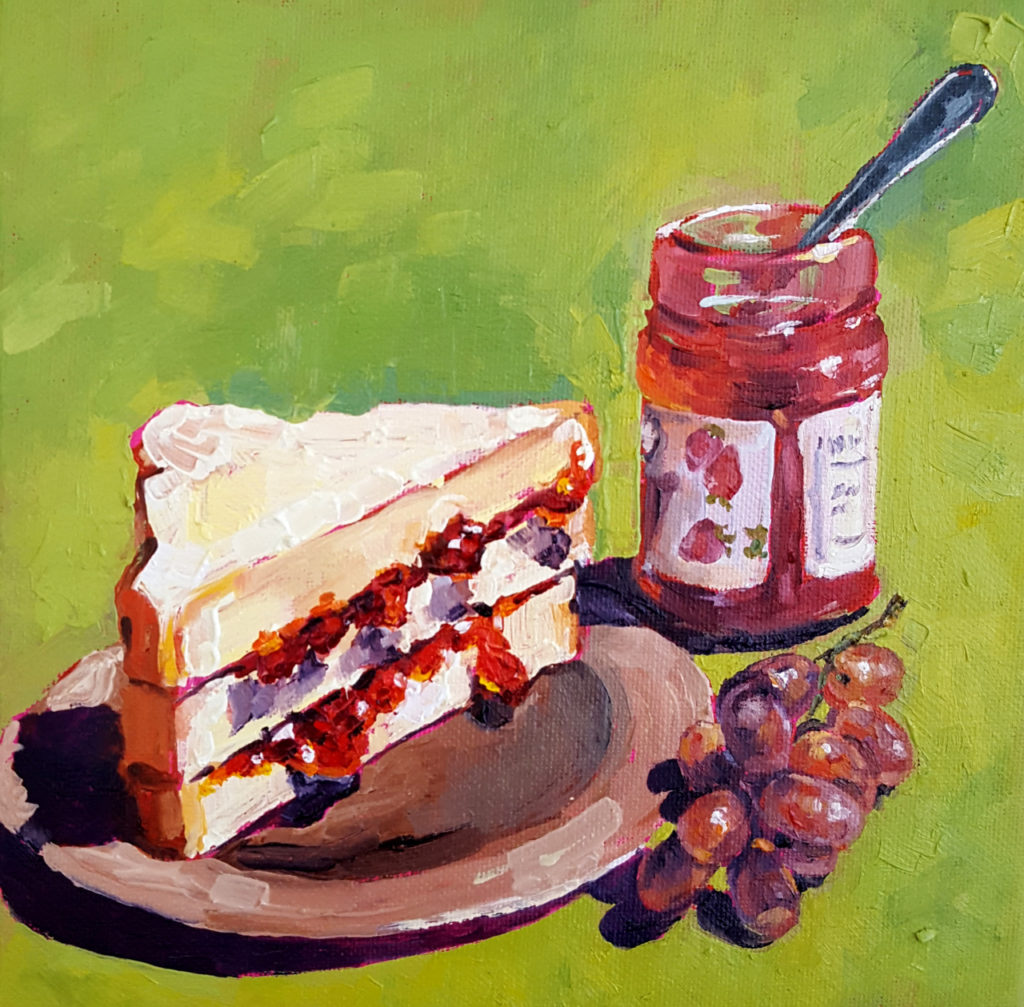
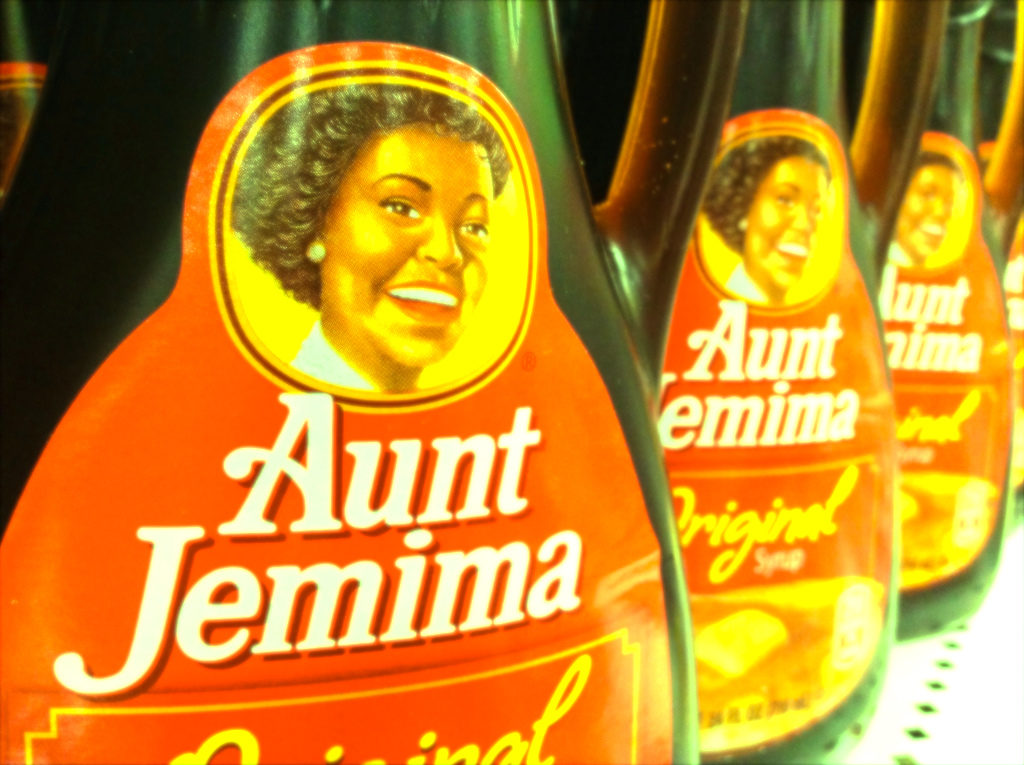
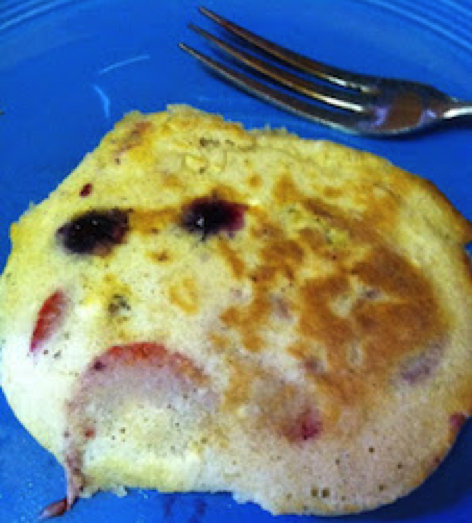 Silver dollar, chocolate chippy, apple spice or buttermilky:
Silver dollar, chocolate chippy, apple spice or buttermilky: Pune Dracker is studying creative nonfiction at the New School. She writes, runs and dances, and is a huge proponent of sauerkraut.
Pune Dracker is studying creative nonfiction at the New School. She writes, runs and dances, and is a huge proponent of sauerkraut.

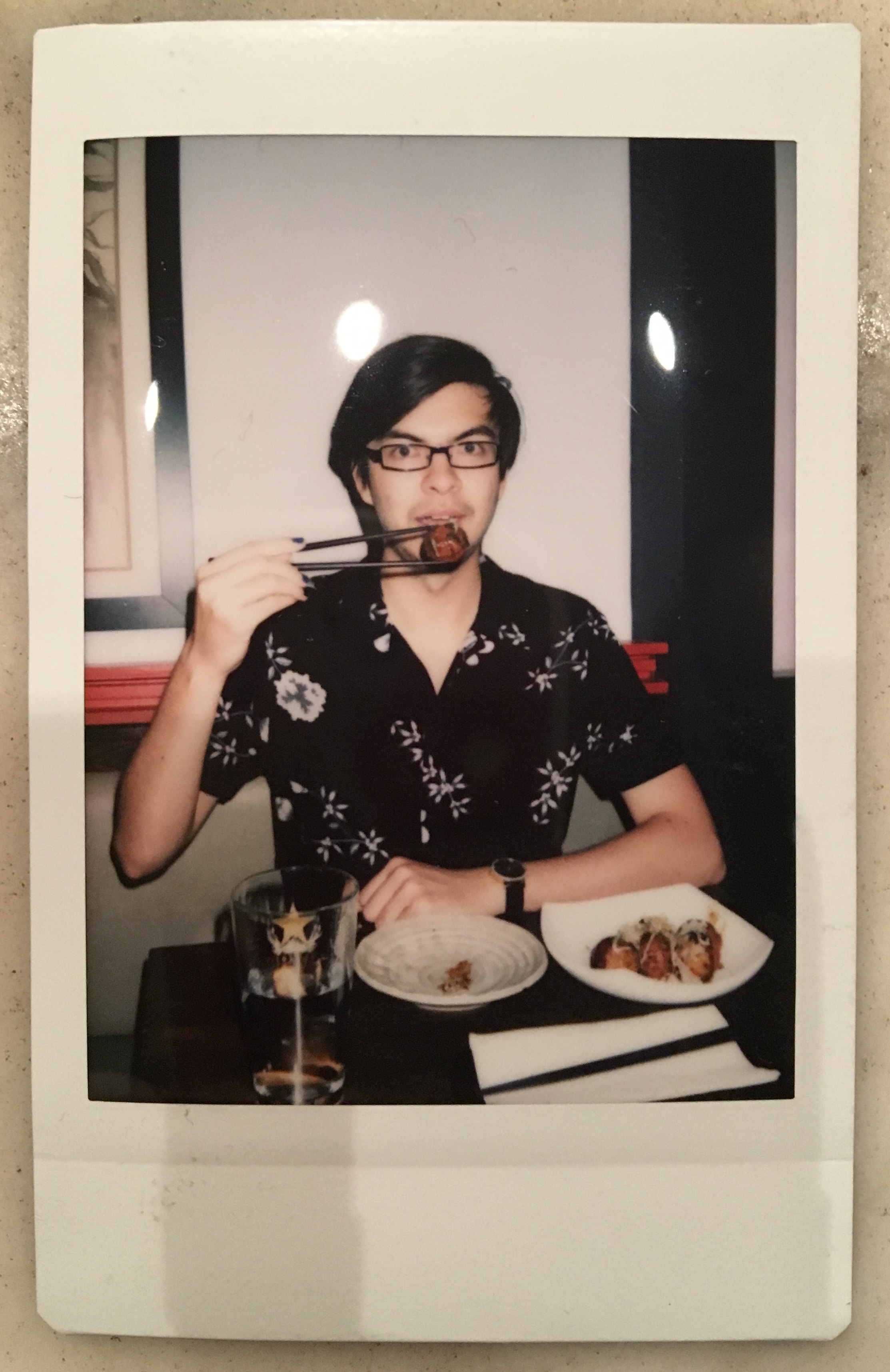
 Alex Lanz grew up in Portland, Oregon and works as a transcriber in Brooklyn. Their work has appeared in Atticus Review, Enrtopy Mag, and the Seventh Wave, and is forthcoming in SHANTIH. Twitter
Alex Lanz grew up in Portland, Oregon and works as a transcriber in Brooklyn. Their work has appeared in Atticus Review, Enrtopy Mag, and the Seventh Wave, and is forthcoming in SHANTIH. Twitter 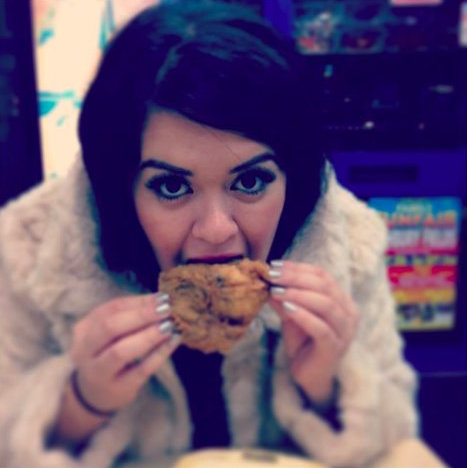 Felicity is a Second Year Creative Writing MFA Candidate at The New School. She is also the Deputy Editor for The Inquisitive Eater and the Digital Strategist for Barbershop Books. Along with The New School Blog, her writing has been published with Barbershop Books, Healthy Materials Lab, and Enchantress Magazine, where she was also an editor. Felicity enjoys writing in all forms. You can find her on Twitter
Felicity is a Second Year Creative Writing MFA Candidate at The New School. She is also the Deputy Editor for The Inquisitive Eater and the Digital Strategist for Barbershop Books. Along with The New School Blog, her writing has been published with Barbershop Books, Healthy Materials Lab, and Enchantress Magazine, where she was also an editor. Felicity enjoys writing in all forms. You can find her on Twitter